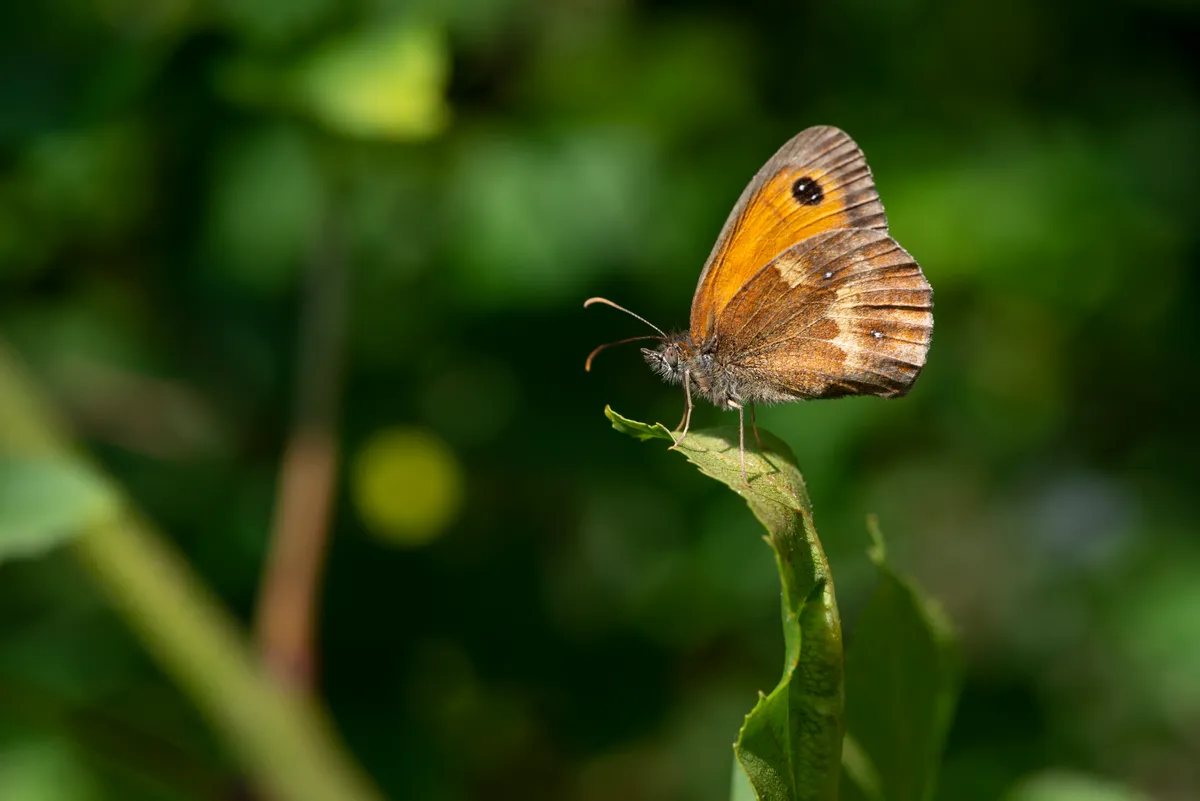More than two thirds of UK butterfly species were seen in higher numbers than in 2017 and two rare species, large blue (above) and black hairstreak, even had their best year since records began.
Numbers of the threatened large blue butterfly rose by 58 per cent from 2017 levels and the endangered black hairstreak was up by more than 900 per cent.
Both species benefitted from warm and sunny weather when they were flying in the early summer, whilst the cold spell in February and March may have also helped by improving survival of caterpillars and chrysalises.
Despite the upturn, 2018 was still an average year for UK butterflies on the whole.
“2018 brought some welcome relief for butterflies following five below average years in a row,” says Professor Tom Brereton, associate director of monitoring at Butterfly Conservation.
“But, there were not as many butterflies around as we might have expected given the fabulous weather over much of the butterfly season and overall 2018 ranked as barely better than average.”
Two thirds still show an apparent decline since records began in 1976 and 21 of these show significant long term declines.
The hot spring and summer weather was not ideal for all species, some grassland butterflies struggled with drought drying out caterpillar food plants.

The gatekeeper dropped by 20 per cent from 2017 levels and the small skipper and Essex skipper were down by 24 per cent and 32 per cent respectively.
“Thanks to ongoing habitat management, many of our threatened species can benefit from the good weather like that of summer 2018,” says Dr Marc Botham from Centre for Ecology and Hydrology who collaborated on the study.
“More still needs to be done to improve the condition of the wider countryside so other species can also take advantage. This can start in our own back gardens, by leaving areas unmown and planting native wildflower species.”
Main image: Large blue butterfly. © Gary Chalker/Getty